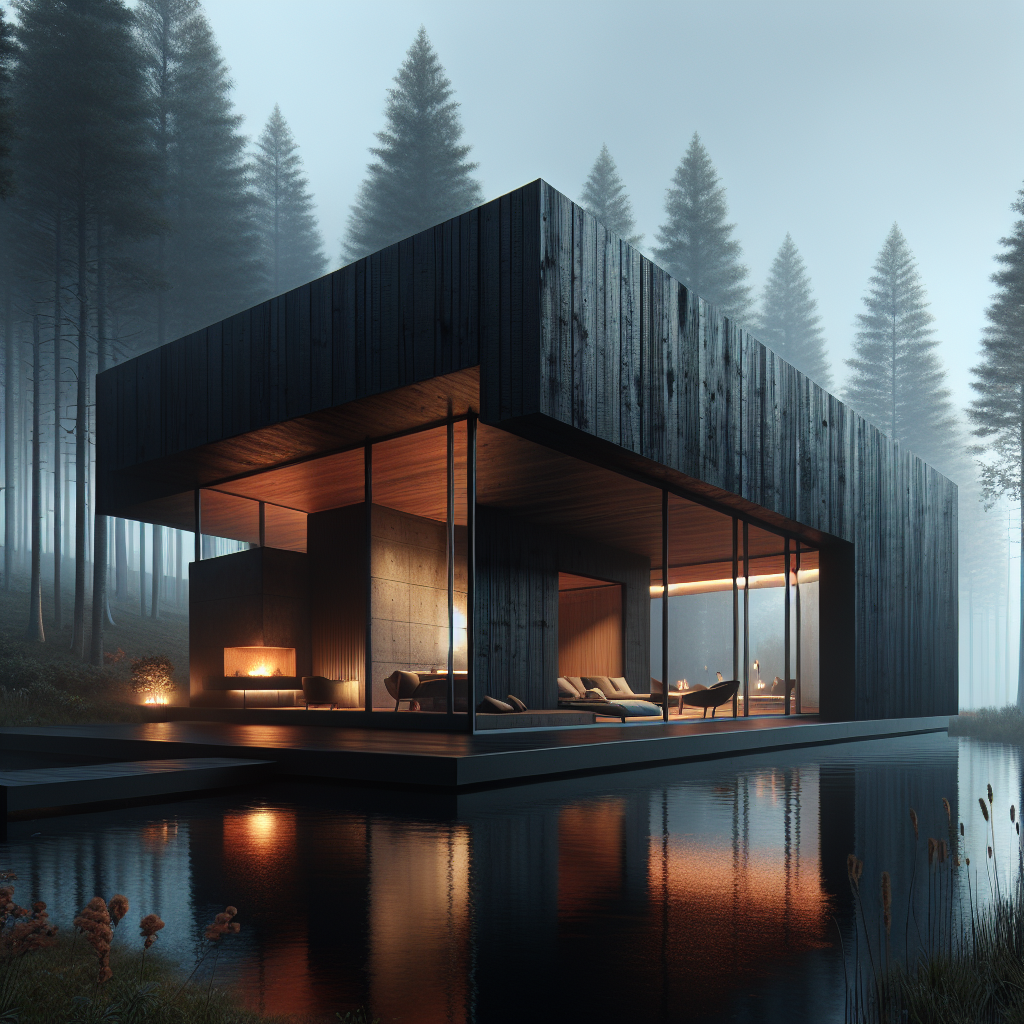3D-Printed Homes: A Revolution in Affordable Housing

As the world faces a shortage of affordable housing, 3D-printed homes offer a solution. These homes are cheaper and quicker to build than traditional homes, and they offer a level of customization and design flexibility that is unparalleled. This article explores the potential of 3D-printed homes, discussing their benefits, challenges, and real-life examples.
What are 3D-Printed Homes?
3D-printed homes are constructed using additive manufacturing technology, where a printer creates a home layer by layer. This technology enables architects and builders to create homes that are not only affordable but also energy-efficient and sustainable. The materials used in the construction of these homes range from concrete to biodegradable materials, making them eco-friendly.
Benefits of 3D-Printed Homes
Affordability
One of the biggest advantages of 3D-printed homes is their affordability. Traditional homes require a lot of time and labor, which makes them expensive. In contrast, 3D-printed homes can be constructed in a matter of days, reducing the labor costs significantly. Moreover, the materials used in 3D-printed homes are cheaper than traditional building materials, making them more affordable for low-income families.
Design Flexibility
Another advantage of 3D-printed homes is their design flexibility. Since the homes are created using a printer, architects and builders can easily customize the design and layout of the homes to meet the specific needs of the residents. This level of flexibility is particularly beneficial for people with disabilities who require specific modifications to their homes.
Sustainability
3D-printed homes are also more sustainable than traditional homes. The use of eco-friendly materials and energy-efficient designs reduces the environmental impact of the homes.
Challenges of 3D-Printed Homes
Lack of Regulations and Standards
One of the biggest challenges of 3D-printed homes is the lack of regulations and standards. Governments and building codes are still catching up to the technology, and there is a need for more research and development to ensure that these homes meet safety and quality standards.
Real-Life Examples
Despite these challenges, there are already some real-life examples of successful 3D-printed homes.
3D-Printed House in Nantes, France
One such example is the 3D-printed house in Nantes, France, which was constructed in just 54 hours. The house is a collaboration between the University of Nantes and the French construction company, Batiprint3D. The house has three bedrooms, a living room, a kitchen, and a bathroom, and it was built using a biodegradable material made from a mixture of clay and hemp.
3D-Printed Community in Tabasco, Mexico
Another example is the 3D-printed community in Tabasco, Mexico, which was built by the non-profit organization, New Story. The community consists of 50 houses, each of which was constructed in under 24 hours. The homes are made from a concrete mixture that is designed to withstand earthquakes and other natural disasters.
Conclusion
In conclusion, 3D-printed homes offer a revolution in affordable housing, providing a solution to the global shortage of affordable homes. While there are still challenges to be addressed, the potential benefits of 3D-printed homes are immense. With the continued development of the technology and the growing interest in sustainable and eco-friendly homes, 3D-printed homes are set to become a major player in the construction industry.





